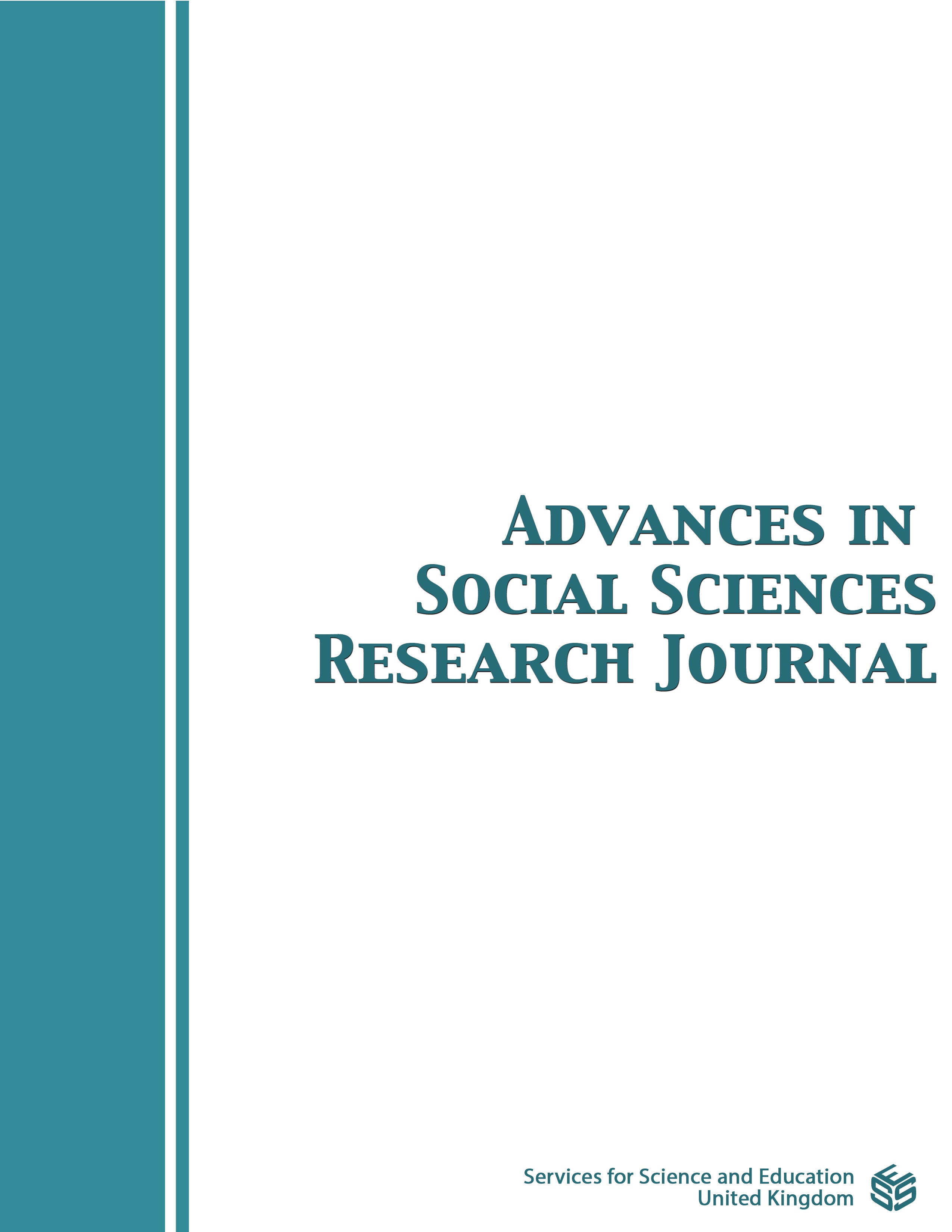The Resolution Process of Dopofileighoo (Elopement) Tradition in the Muna Ethnic at Muna Barat Regency, The Province of Southeast Sulawesi, Indonesia
DOI:
https://doi.org/10.14738/assrj.93.11908Keywords:
process, resolution, dopofileighoo (elopement), community, Muna ethnicAbstract
This study aims to describe the process of resolution of dopofileighoo (elopement) tradition in the Muna ethnic at Muna Barat Regency, the Province of Southeast Sulawesi, Indonesia because there are still many Muna people who do not understand the process of resolution of dopofileighoo (elopement) tradition so it needs to be studied. This study uses a qualitative description through the interview method continued with observations of people's lives and document studies. The data of this study were analyzed descriptively, qualitatively, and interpretively. The results of this study showed that there are several stages in the process of resolution of dopofileighoo (elopement) tradition in the Muna ethnicat Muna Barat Regency, the Province of Southeast Sulawesi, Indonesia. Those stages are as follows: (1) O hukumu (A man whose task is receiving the bride and groom candidates and responsible to handle them until finishing the conducting of the marriage processing in the dopofileighoo (elopement) tradition in the Muna ethnic) receives the two bride and groom candidates; (2) Doing polele (Informing the bride candidate’s parents); (3) Dengkoraghoo adhati (Settling the customs); (4) Kafotangkano agama (Religion settlement of administration according to Islam religion), and (5) Kafokawi (Conducting the wedding processing)
Downloads
Published
How to Cite
Issue
Section
License
Copyright (c) 2022 La Aso, Rahmat Sewa Suraya, La Iru, I. Ketut Suardika, La Taena, Hayari, Arman

This work is licensed under a Creative Commons Attribution 4.0 International License.
Authors wishing to include figures, tables, or text passages that have already been published elsewhere are required to obtain permission from the copyright owner(s) for both the print and online format and to include evidence that such permission has been granted when submitting their papers. Any material received without such evidence will be assumed to originate from the authors.






